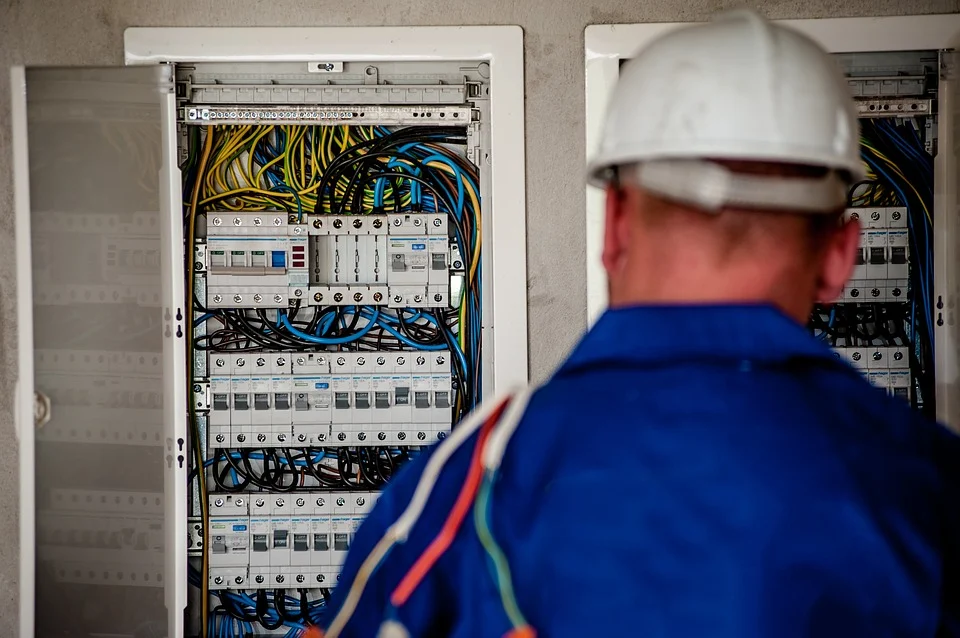You must know how to utilize the main circuit breaker in order to do electrical repairs in your house. All of your home’s power is controlled by the main circuit breaker. The circuit breaker controls the connection between your house and the electric provider…
The primary circuit breaker in your house is explained in detail in this article. A step-by-step tutorial to everything you see in the breaker box when you glance at it. Get familiar with the main and branch breakers, as well.
What is circuit breaker?
In the case of an electrical current overload, circuit breakers safeguard the circuit. In other words, if you turn on too many appliances at the same time and generate a short circuit, this will ensure that nothing breaks.
An electrical switch, a circuit breaker is an essential part of any home or business. When it senses a problem with the flow of electrical current, it attaches to your circuit board and interrupts it. Whenever there is a problem, the breaker switch goes off and prevents power from flowing through the circuit.
If a short circuit occurs, circuit breakers are designed to protect the house or structure from harm. In the days before circuit breakers, replacing a blown fuse was the only option in the case of a power surge. If you are looking for available electrical switches in UK, you may check Sparks Direct.
How does it work?
Circuit breakers operate in a variety of ways, but they all serve the same basic purpose. Breaker functioning is also affected by the voltage class and current rating parameters, which are two additional considerations.
A circuit breaker’s primary function is to cut off electricity to a circuit when it senses a problem with the circuit’s current flow. Force is required to break a connection made by an electric current passing across two points of contact. In order to halt the flow of electricity, a circuit must be broken using brute force.
The simplest kind of circuit breakers are the low-voltage ones found in the electrical panel of your house. When the switch is thrown, energy stored in the spring is released, breaking contact with the circuit. With the flick of a switch, you may turn off and restart the power supply.
Conductors are arranged in the circuit breaker to convey the current. They must be able to carry the weight of the load without overheating due to a surge or arc in the power supply. The breaker is tripped by excessive current or heat.
Arcs occur when a breaker trips and interrupts the flow of electricity. An arc is incredibly hot, and it eats away at the circuit’s contact material. The term refers to the fact that the connection must be interrupted when the contacts encounter a problem.
if the contacts maintain an excess of heat or current flow, the breaker switch cuts the electrical connection. Faults are automatically tripped when they are detected. Resetting the breaker switch is required to reopen the interrupted contact.
Difference between brunch breaker and main breaker
The branch breakers and the main breaker are, practically the same thing, but not exactly. They act in the same manner, except the branch breakers are smaller. The primary breaker is intended to interrupt a greater amperage load.
The two power lines that supply energy into your house pass via the service panel. Each of the main lines transmits 120 volts of energy, equaling 240 volts in total. The primary breaker links directly to these two wires.
Below the main breaker, the two wires join to two electrically conducting bars, called hot buss bars. The hot bus bars are where you connect individual branch circuit breakers, which is why they commonly look as two parallel rows.
The primary circuit breaker regulates the electrical flow from your two main wires to your hot buss bars. Tripping the main circuit breaker destroys the 240 volts of energy before it reaches your branch breakers. When the main breaker is tripped, everything in your house is off.
Final thoughts
Your houses electrical distribution system is simple to grasp when you understand how your residential circuit breakers operate. The main breaker offers the kill-switch safety safeguard to guarantee that a branch breaker failure doesn’t overload the system. Take a peek at your breaker box at home and you realize how tangible the electricity is which flows inside of your walls.

